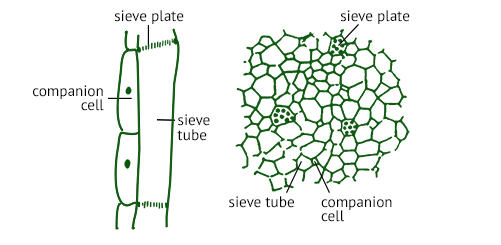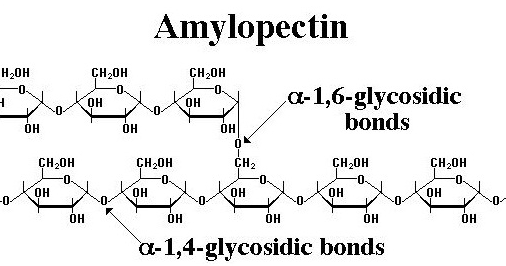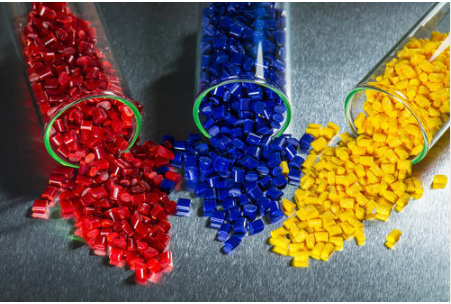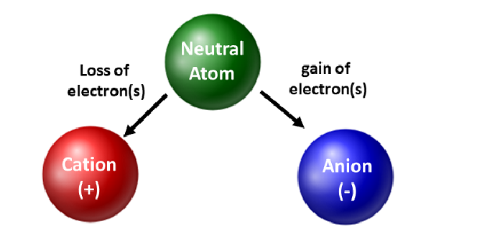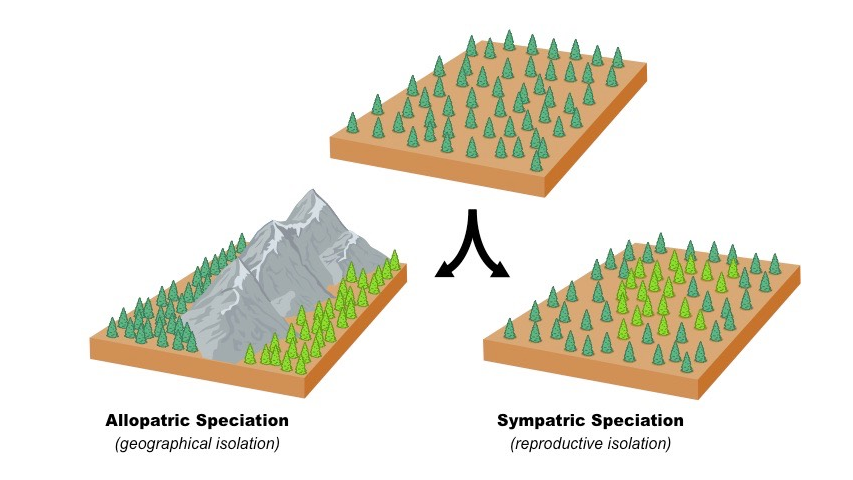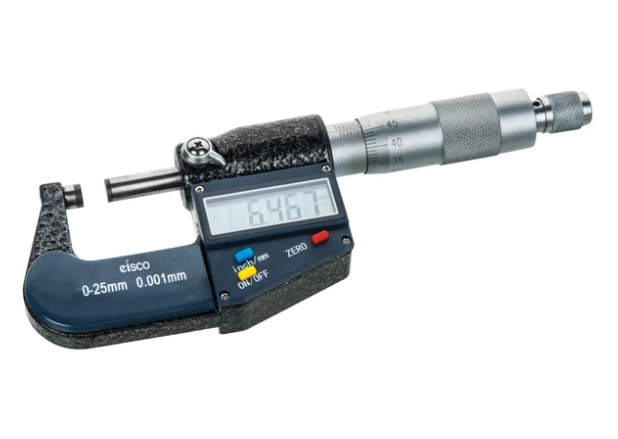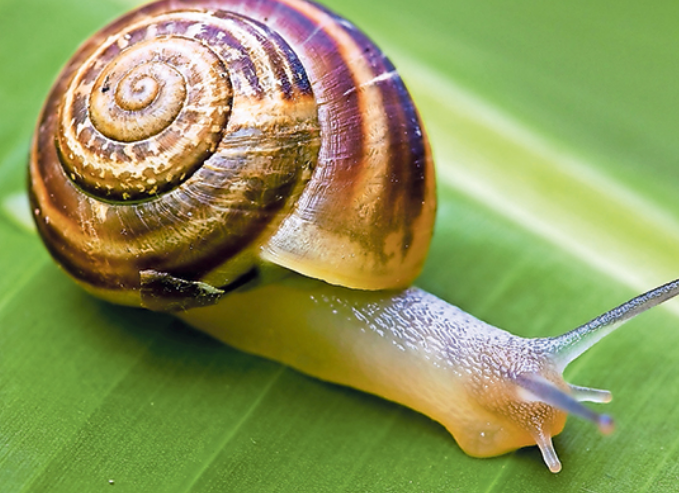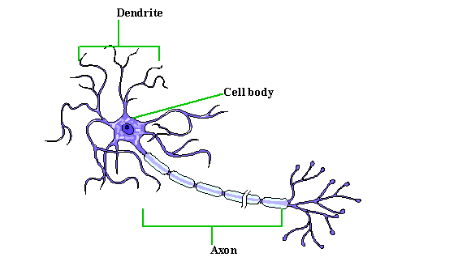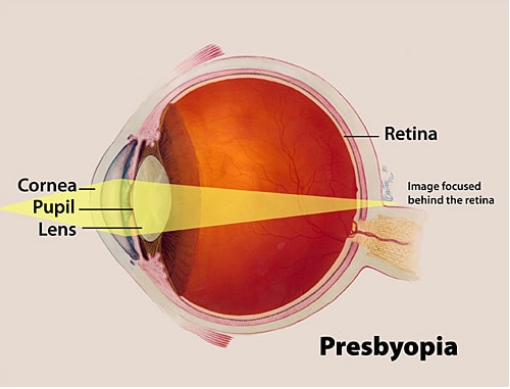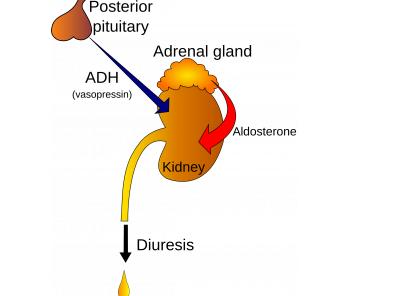10 Difference Between Sieve Tubes And Companion Cells
The phloem is the vascular tissue that carries out the function of translocation (i.e the process of transporting photosynthate materials from the photosynthetic plant organs to various parts of the plant. Phloem is made up of the following major components: Sieve element Companion cell Phloem parenchyma Phloem schlerenchyma In angiosperms, the sieve element is referred … Read more
